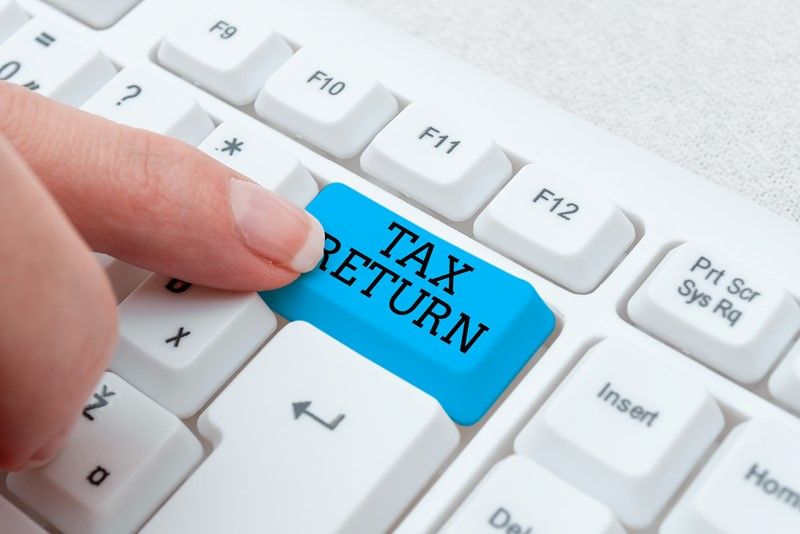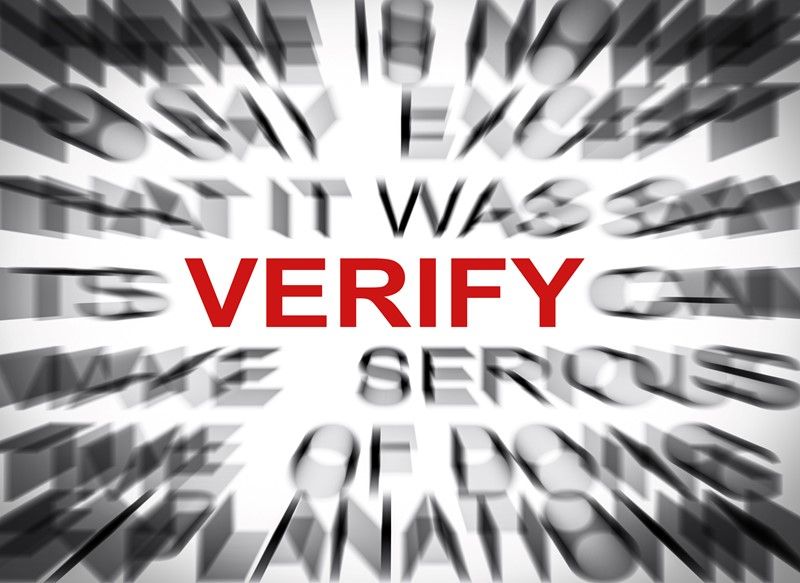What if you no longer need to submit a tax return
You must tell HMRC if you no longer need to file a tax return. Whether you have stopped trading or no longer rent out property, notifying HMRC early avoids penalties and keeps your records up to date.
If your circumstances have changed and you believe you no longer need to complete a self-assessment tax return, then it is important to notify HMRC as soon as possible. This gives HMRC time to review your request and update your records before the 31 January filing deadline. Penalties could be incurred if you do not inform HMRC in a timely manner.
You may no longer need to submit a tax return if, for example:
- you’ve stopped being self-employed;
- you no longer rent out property; or
- you no longer pay the High Income Child Benefit Charge.
If you are unsure, HMRC provides an online tool to help you check if you need to submit a self-assessment return. This can be found at https://www.gov.uk/check-if-you-need-tax-return
You can notify HMRC that you no longer need to submit a tax return by signing in to your online account and completing an online form to close your self-assessment account, You can also use this form to request removal from self-assessment for a particular tax year. You will need to have your National Insurance and Unique Taxpayer Reference (UTR) numbers in order to complete the form. Alternatively, you can contact HMRC by phone or post if you are unable to use the online service.
After submitting your request, you can track its status online. HMRC will confirm in writing whether you still need to file a self-assessment tax return.




